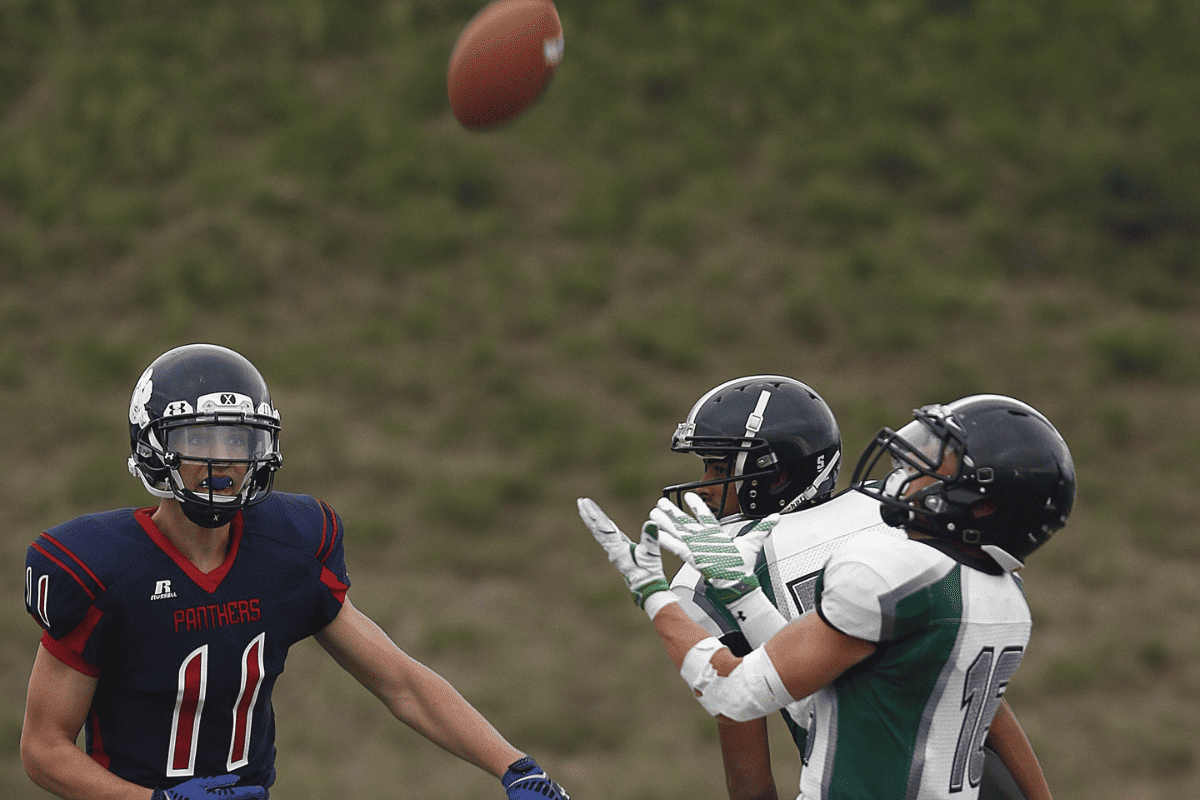What is a Fair Catch in Football? (Beginner’s Guide)
If you’re new to the game of football, understanding its various rules and plays can significantly enhance your viewing experience. One such rule that might seem straightforward but is actually rich in strategy is the fair catch.
This article aims to simply explain the fair catch, shedding light on its importance, rules, and tactical implications.
What is a Fair Catch?
Definition
In football, a fair catch is a special kind of reception where the player receiving a punt or kickoff chooses not to advance the ball after they catch it.
By doing this, the player forgoes the opportunity to run with the ball, but also protects himself from being tackled.
Signal
To initiate a fair catch, the player must clearly signal his intent to the referees and opposing team by waving his arm overhead while the ball is in the air. This gesture informs everyone on the field that he won’t attempt to advance the ball after the catch.
When to Use a Fair Catch
A fair catch is commonly used when the player receiving the kick believes that he has limited opportunity for a good return. This decision may hinge on several factors:
- How closely the opposing team’s tacklers are.
- The quality and hang-time of the kick.
- Field position and game situation.
By opting for a fair catch, the receiving team can avoid the risk of fumbling (although players can – and sometimes do – still drop a fair catch) or losing yards, while also ensuring that the player is not put in a vulnerable position.
Rules and Regulations
Both the NFL and NCAA have specific guidelines governing the fair catch, to ensure player safety and maintain the integrity of the game.
- The ball is dead as soon as it is caught, and no further advance is allowed.
- No member of the kicking team can interfere with or tackle the receiver once the fair catch signal has been given.
- If the player drops the ball during a fair catch attempt, it becomes a live ball and can be recovered by either team.
Violations of these rules can result in penalties, which vary depending on the level of play and the specific situation.
The Pros and Cons
Pros
Opting for a fair catch can be advantageous for several reasons:
- Safety: The player avoids potentially dangerous tackles.
- Field Position: It often results in better field position than letting the ball bounce into the end zone for a touchback.
- Game Strategy: It allows the receiving team to set up their offense without the unpredictability of a return play.
Cons
However, there are some downsides to consider:
- Missed Opportunity: The team gives up the chance for a potentially game-changing return.
- Field Position: If misjudged, it could result in a worse field position than allowing the ball to roll or bounce.
Historical Context
The concept of a fair catch has been a part of football since its earliest days, designed to balance the risk and reward of special teams plays. Over the years, the rules have been tweaked to improve player safety, but the fundamental principles have remained the same.
Common Misconceptions
Contrary to popular belief, a fair catch is not just about avoiding tackles. It’s a strategic choice that factors in game context, player safety, and team strategy.
Another misconception is that the fair catch is a sign of a less aggressive or less skilled player, which is not the case. The decision to signal a fair catch can be a smart play that reflects a deep understanding of the game.
Fair Catch in Special Situations
While most commonly seen during punts and kickoffs, a fair catch can also be utilized during other types of kicks such as onside kicks and squib kicks, although these instances are rarer.
Conclusion
Understanding the fair catch is just another layer in the rich tapestry that makes football the incredible sport that it is. Whether you’re an athlete on the field or a fan in the stands, knowing when and why a fair catch is signaled can deepen your appreciation of the game’s complexity and strategy.
And there you have it, your complete guide to the fair catch in football. So the next time you see a player wave his arm overhead, you’ll know exactly what’s going on and why it’s a big deal. Happy watching!

